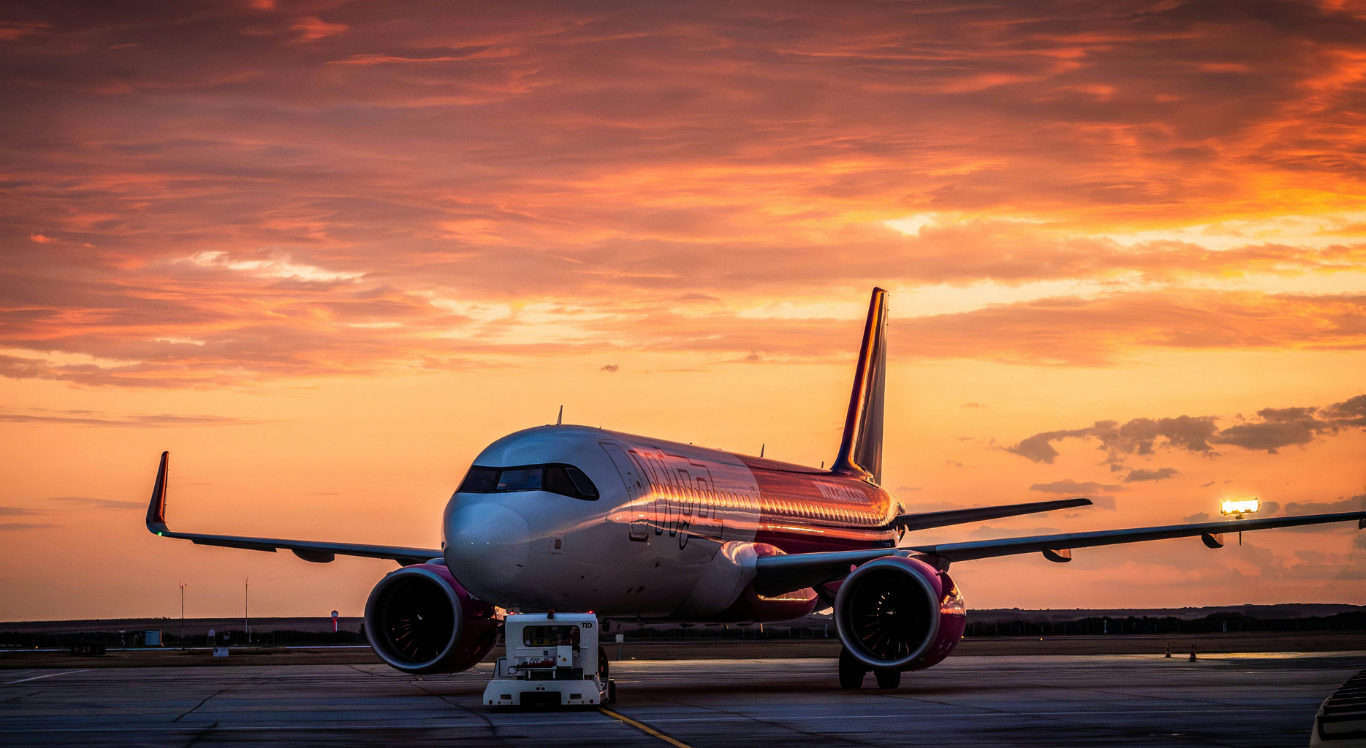The Navi Mumbai International Airport (NMIA) is one of India’s most ambitious infrastructure projects a symbol of progress, innovation, and connectivity. Located near Panvel in Maharashtra, the airport aims to ease congestion from the busy Chhatrapati Shivaji Maharaj International Airport in Mumbai and create a new centre for global and domestic air travel.
The vision for NMIA is clear: to build a world-class airport that represents India’s growth and efficiency. Designed to handle millions of passengers annually, the project blends advanced technology with environmental sustainability. It is being developed through a partnership between the City and Industrial Development Corporation (CIDCO) and the Adani Group, which ensures that global expertise meets Indian ingenuity.
Strategically positioned near Mumbai, Pune, and the western industrial corridor, NMIA will serve as a key gateway for trade, tourism, and business. Once fully operational, it is expected to rank among the top airports in Asia in terms of scale and design.
But more than just an airport, NMIA represents a dream to give Maharashtra a modern identity while connecting it more closely to the world. Its creation signals India’s readiness to redefine air travel with efficiency, aesthetics, and sustainability.
Architecture, Design, and Technology
The architecture of Navi Mumbai International Airport reflects a perfect mix of modern design and Indian inspiration. The terminal building, designed by renowned architect Zaha Hadid’s firm, takes its form from the wings of a bird in flight – symbolizing freedom, movement, and ambition. Its sleek curves, glass façades, and natural lighting create a space that feels both grand and welcoming.
The airport will feature state-of-the-art facilities such as automated baggage systems, advanced security checks, and smart passenger movement technologies. Artificial intelligence and digital systems will help manage operations smoothly, reducing waiting times and improving travel comfort.
One of the standout aspects of NMIA is its focus on sustainability. Solar power, rainwater harvesting, and efficient waste management will play key roles in reducing its environmental footprint. Green spaces, natural ventilation, and noise-control design ensure harmony between technology and nature.
The terminal interiors will also reflect India’s culture, featuring local art, patterns, and colours from Maharashtra’s heritage. The use of eco-friendly materials and efficient energy systems ensures that the airport stands as a model for future infrastructure projects in India.
Navi Mumbai International Airport is not just built for today – it is designed to meet the demands of tomorrow.
Economic and Social Impact
The construction of NMIA is set to transform the entire region of Navi Mumbai. It is expected to generate thousands of jobs, not only during construction but also through long-term airport operations, tourism, and logistics. Surrounding areas will see growth in real estate, hotels, and transport, turning Navi Mumbai into a thriving economic zone.
The airport’s presence will also attract foreign investment, improve trade links, and support Maharashtra’s position as a key industrial and commercial hub. For residents, improved connectivity means better opportunities and easier travel, both within India and abroad.
In short, NMIA is more than an airport — it is a catalyst for regional growth, urban development, and employment.
The Future of Air Travel in Maharashtra
When completed, Navi Mumbai International Airport will redefine air travel in western India. It will have multiple runways, large cargo facilities, and passenger terminals designed to handle over 60 million travellers annually in future phases.
The airport’s advanced infrastructure will support high-speed connectivity with Mumbai through metro lines, highways, and water transport. This seamless integration will make it one of the most accessible airports in the country.
For Maharashtra, NMIA will symbolize progress – a modern, sustainable, and globally connected future. It will not only share Mumbai’s air traffic but also help position India as a leading aviation hub in Asia.
The airport is a statement of confidence, proving that India can build with vision, scale, and purpose setting new standards for infrastructure excellence.




